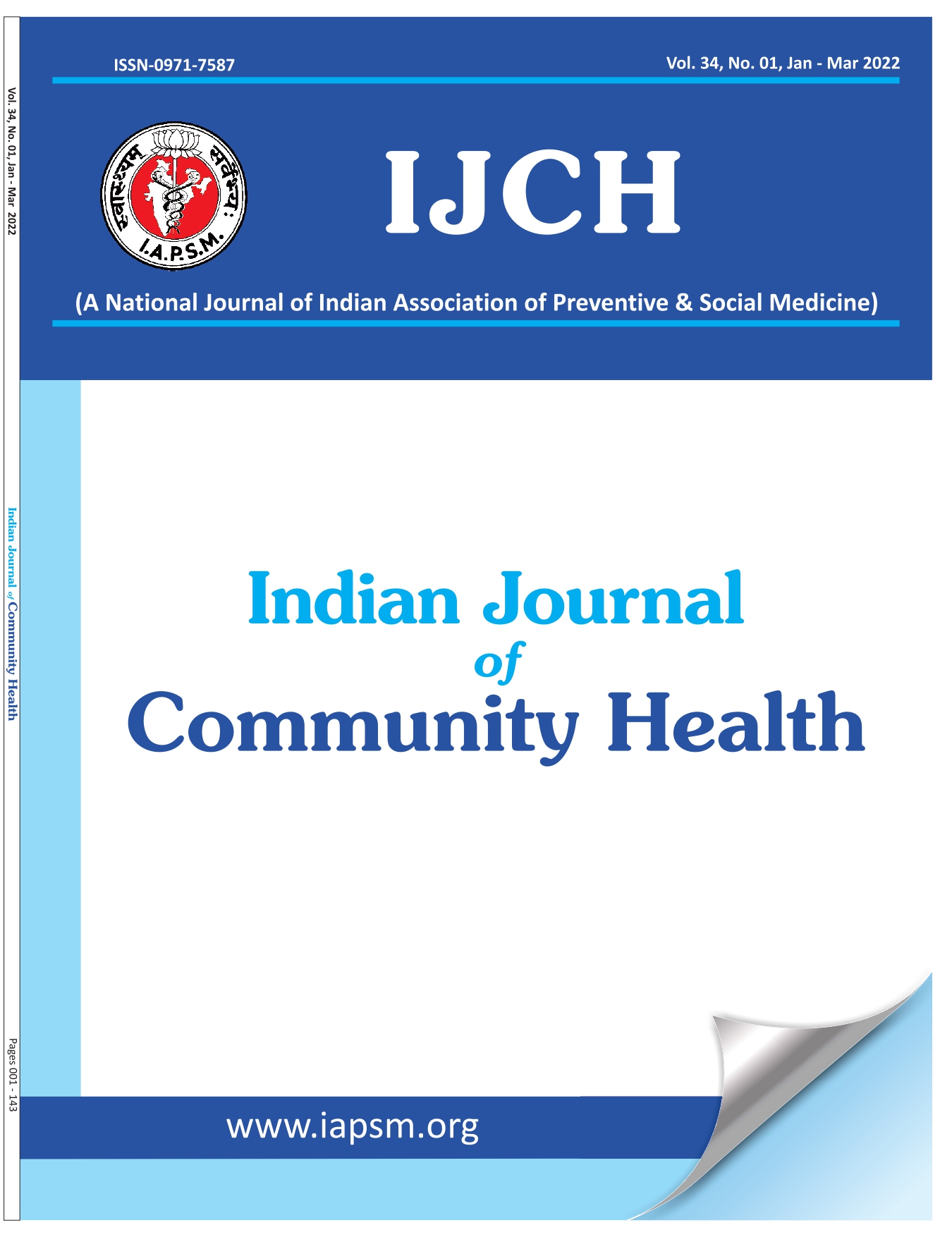Epidemiology of animal bite reported at animal bite clinic during 2015-16 at a tertiary care centre of Himachal Pradesh.
DOI:
https://doi.org/10.47203/IJCH.2018.v30i04.008Keywords:
Rabies, Dog bite, PreventionAbstract
Background: One health approach for rabies prevention in humans can be done only by targeting the animal source of the virus. Animal bite is the most common mode of transmission of virus to human being. Objective: to describe the epidemiology of animal bite among those attending the animal bite clinic of a tertiary care center of district Kangra, Himachal Pradesh. Methods: This hospital based descriptive study was carried out from March 2015 through February 2016 at Animal Bite Clinic of Department of Community Medicine, Dr. Rajendra Prasad Govt. Medical College, Tanda, Kangra, Himachal Pradesh. A preformed and pre tested closed ended questionnaire was used. World Health Organization’s category of animal bite was used to categorize the patients. Results: Males outnumbered females and around 30% were below 20 years of age followed by third decade. Majority of victims were students (31%) and in 61.1% the wound was localized in the lower extremities. Dogs bite was reported in 86% cases. Stray animal bite resulted in 94.2% of category III bites. More than half of the victims were aware of local remedy to be done after bite and practiced it within 30 minutes of bite. Conclusions: Agent, host and environmental factor of animal bite studied in this study indicate that vaccination of animal, abolishing environment favorable for stray animals and awareness of early management of animal bite cases can lead to goal of elimination of rabies.
Downloads
Downloads
Published
How to Cite
License
Copyright (c) 2019 Indian Journal of Community Health

This work is licensed under a Creative Commons Attribution-NonCommercial-NoDerivatives 4.0 International License.





